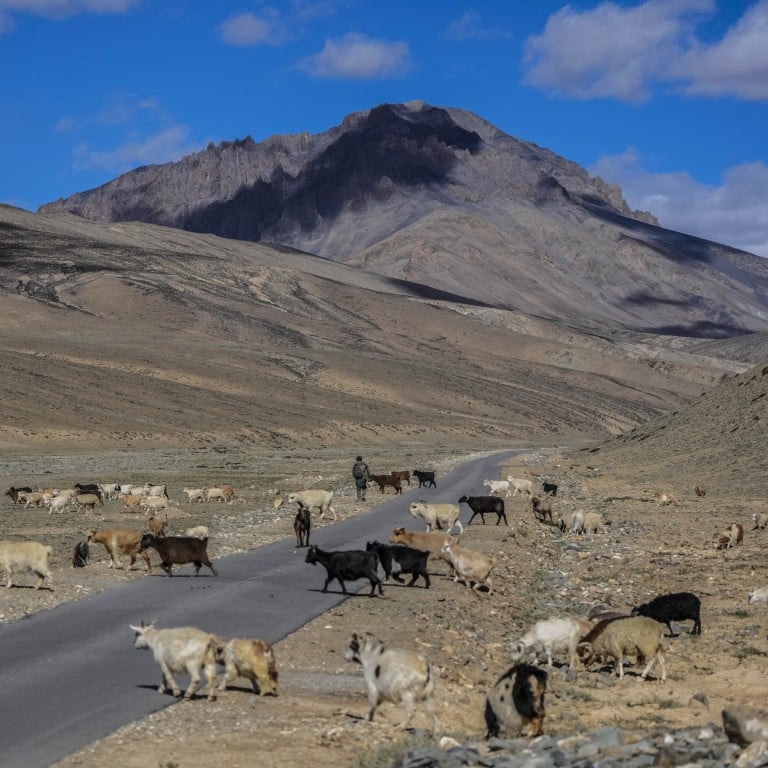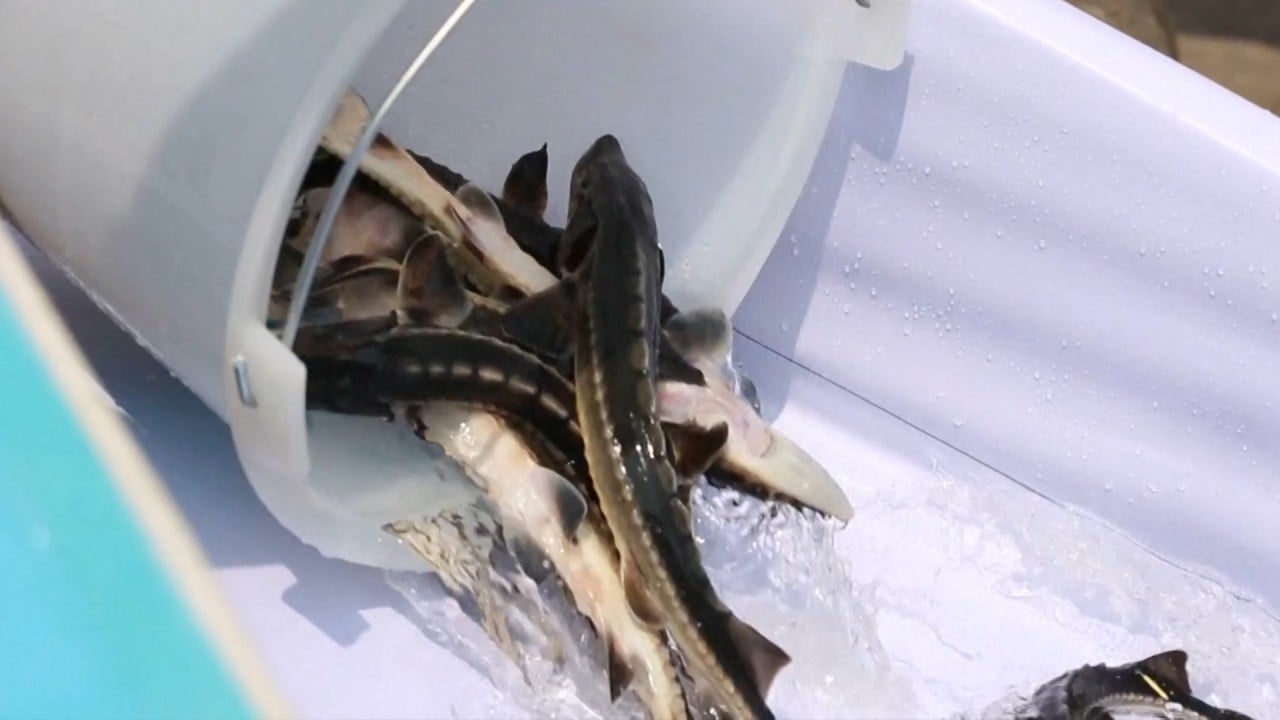
Can the world agree this week to avoid a sixth ‘great extinction’ of species?
- The UN biodiversity conference in Montreal could be as consequential for nature as the Paris agreement still might be for climate action
- However, the fact that few heads of state are attending the much-delayed meeting does not bode well for success
COP15 is the 15th Conference of Parties to the UN Convention on Biological Diversity, a treaty drafted in 1992 to protect the world’s rich tapestry of biodiversity. The event had been set to happen in China in 2020, but was postponed several times due to the pandemic.
Therefore, the goal in Montreal is developing a post-2020 biodiversity framework, thus mapping out a plan to tackle the crisis in the natural world perhaps until mid-century for most countries, with the exception of the United States, which has not yet signed up. This will include key targets to be met by 2030.
If this can be agreed on, the meeting could prove to be as consequential for stemming biodiversity loss as the landmark 2015 Paris agreement still might be for action on climate change. The need is particularly pressing as the meeting comes, tragically, after countries failed to meet a single one of the targets set for the previous decade.
The warning lights are therefore flashing red in what has been called by some scientists as the sixth great extinction facing the planet, with an estimated million plant and animal species now at risk. Monitored wildlife populations have plummeted by an average of around 70 per cent in the past 50 years, and around 30 soccer pitches worth of forest are being lost every minute. Clearly, this cannot go on.
Today, at least half of global GDP is estimated to be critically dependent on healthy functioning ecosystems. This is via either direct activities (involving the use of resources like water, processes like pollination, or conditions like soil health) or indirect activities (like retail), which rely on natural processes.
There are more than 20 targets in the draft agreement that was created by a UN working group in the years leading up to COP15 to replace a prior agreement from the last major biodiversity summit held in Japan in 2010. This mammoth agreement will require painstaking negotiation in Montreal, and only a handful of the targets and around one fifth of the text in the framework has so far been agreed to.
With the stakes in play so high, one striking feature of the event is that few heads of state and government will attend, except Canadian Prime Minister Justin Trudeau. This is despite pressure on world leaders to attend.
In the United Kingdom, for instance, dozens of MPs, including Conservatives from the ruling party, wrote to Prime Minister Rishi Sunak asking him to attend COP15 and warning that lack of high-level political buy-in could spell failure. Former prime minister Liz Truss had committed to attending the meeting.
To be sure, UK Environment Secretary Thérèse Coffey will be there, but the lesson from successful climate summits like Paris in 2015 is that it often takes the top political players to make the difference between success and failure in what are often exhausting, marathon negotiations. The letter to Sunak, rightly, warns that there is a clear and present danger that Montreal could replicate the 2009 Copenhagen climate summit, where the process very nearly collapsed.
With the Montreal COP about to start, the world is therefore at a huge crossroads. Failure would be a disaster for nature, yet success could still see a welcome and powerful new framework that becomes a key foundation stone of sustainable development for billions across the world in the 2020s and beyond.
Andrew Hammond is an associate at LSE IDEAS at the London School of Economics


